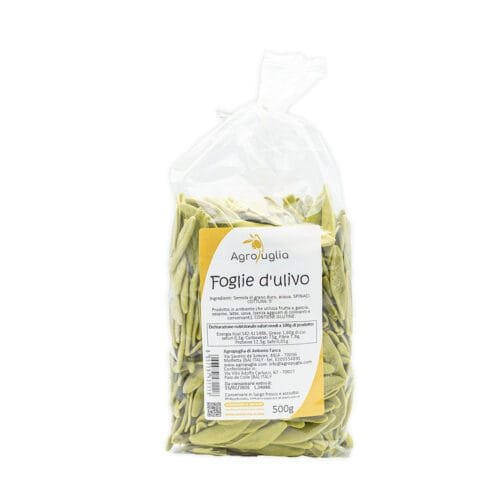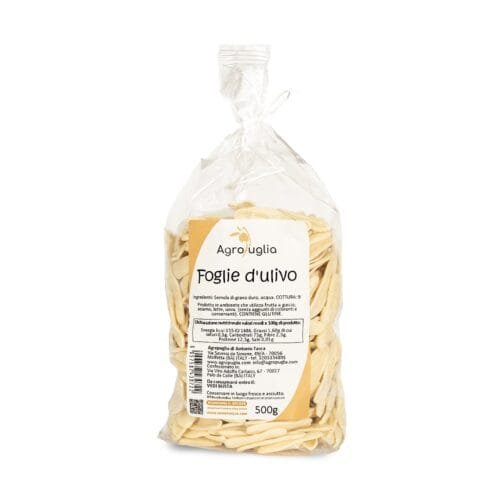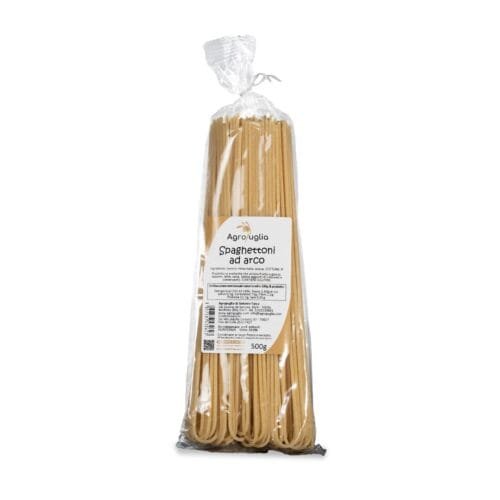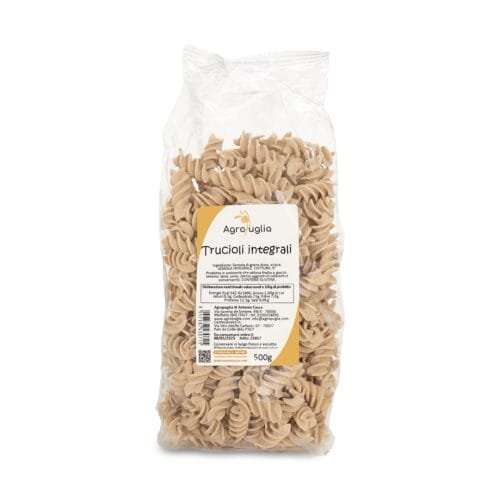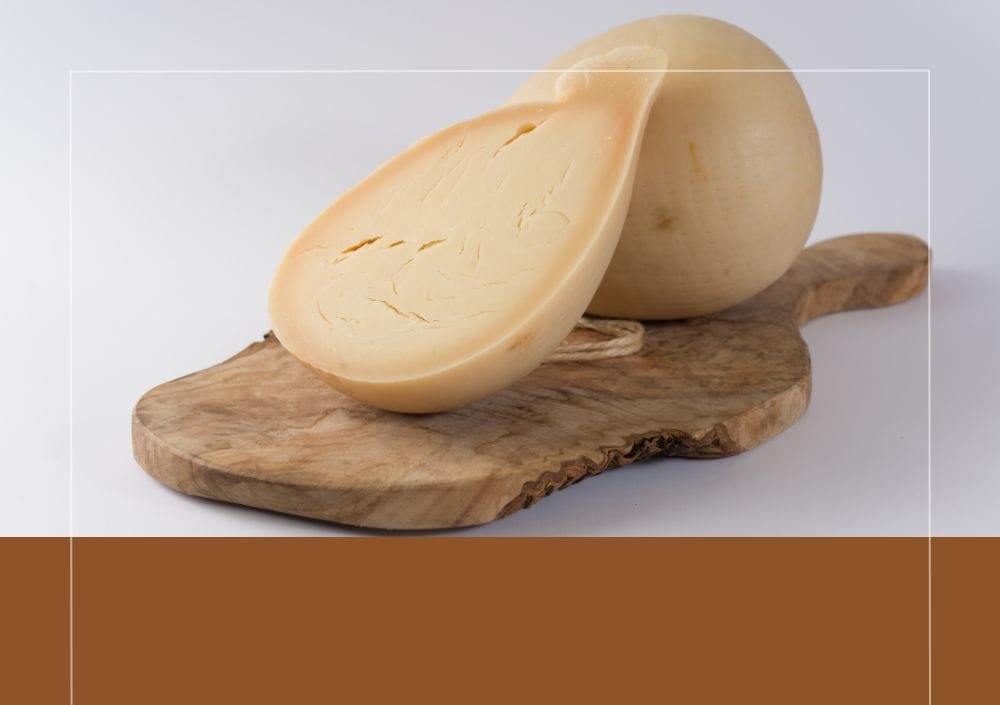Orecchiette Pugliesi are a source of pride for Italian gastronomy, truly celebrating a simple yet deeply traditional cuisine. They are a genuine delight for the palates of the people of Bari, embodying the very symbol of the Puglia region.
This type of pasta, famous for its unique shape that resembles small ears (hence the name “orecchiette”), originated specifically in the city of Bari, particularly in the old Bari neighborhood. Here, women still make them by hand, following their traditional method. It’s impressive how swiftly these women cut a piece from the dough roll and use their left hand’s thumb and forefinger to stretch it while the right hand, with a knife, drags the small piece until achieving the characteristic concave shape.
History and Legends
Orecchiette dates back to approximately the 12th and 13th centuries. In their dialect, the people of Bari called them “recchietelle” due to their ear shape. This shape was not arbitrary but designed to ensure better and longer preservation, as it was used during times of famine. Even in the Middle Ages, they were made from durum wheat cultivated and harvested in the Tavoliere delle Puglie region.
An ancient Pugliese legend tells that a beloved queen visited Bari in medieval times, and to honor her, local women decided to prepare a special dish symbolizing well-being and hospitality. Thus, orecchiette were born. Trying to impress the queen with their creativity, the women invented a shape that captured the essence of Puglia. Some say they were inspired by ancient coins, symbols of prosperity and abundance. Others claim that the shape resembled cups used in religious rites to honor female deities as a tribute to fertility and life.
Classic Pairings
Traditionally, orecchiette are served with rapini sauce, another typical ingredient of Puglia. The slightly bitter taste of rapini perfectly complements this type of pasta, creating a balance of flavors that delights the palate. Other common pairings include orecchiette with tomato sauce and grated ricotta salata, or with meatballs.
Variants and Innovations
Despite the strong tradition, orecchiette are suitable for many culinary experiments. Modern chefs and food enthusiasts have begun exploring different combinations, adding ingredients like pesto, mushrooms, and cheeses, demonstrating the versatility of this pasta.
In conclusion, orecchiette are not just a dish but a cultural heritage that tells the story and traditions of Puglia. Their preparation exemplifies how food can bridge generations and cultures.
So, if you ever find yourself in Puglia, don’t miss the chance to try authentic handmade orecchiette, perhaps paired with a good local bottle of wine—an experience that’s unique and delicious.
By celebrating orecchiette, we praise not only a unique flavor or culinary tradition but also a community’s commitment to keeping alive a practice that defines their cultural identity and strengthens social bonds.




